So, Antarctica has hit the top of your bucket list, but you’re not really sure what to do next. I hear you. There are so many things to consider – from whether to sail or fly across the dreaded Drake Passage, what camera gear to take, and whether to buy a new faux fur hat for your Insta stories. You might even be asking yourself if Antarctica is really worth the big bucks. The answer to that is: yes, absolutely. Antarctica is like nowhere else I’ve been. Pictures of penguins and icebergs only tell you part of the story. They can’t convey the scale of this pristine white wilderness, the fragility of the ecosystem, and the power of Antarctica to make you forget the outside world. Sailing through this unique environment is an extremely rare privilege, but careful planning is needed to get it right. Here are some tips for helping to make your trip to Antarctica the holiday of a lifetime.
Small ships are the way to go
Only 100 people are allowed ashore in Antarctica from a single vessel at any one time. So if you’re looking to maximise your time ashore, you are best to go with a smaller ship. That way you’re not waiting around for groups to be rotated. Ships that carry more than 500 passengers are barred from shore excursions altogether.
We chose to go with Aurora Expeditions, aboard the Greg Mortimer, which I highly recommend. The staff were passionate, the food was excellent, the ship handled the conditions superbly and, most importantly, we had the maximum possible time exploring the Antarctic Peninsula.
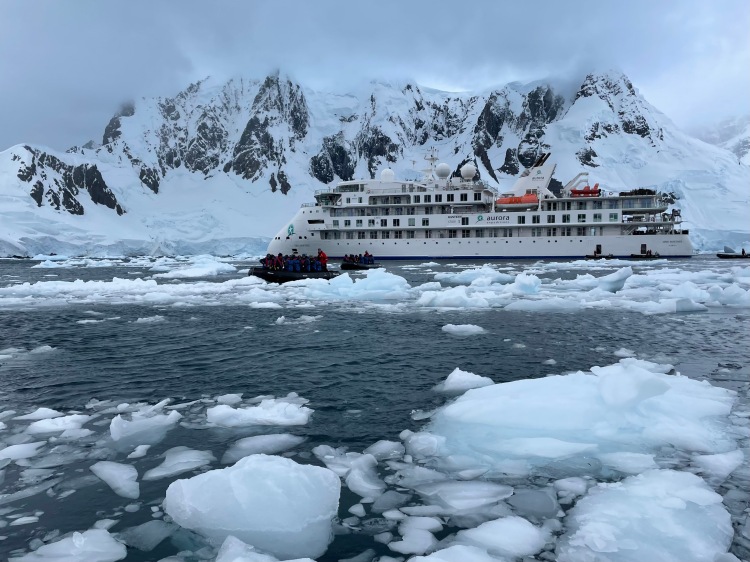
Embrace the Drake Passage
The second you start talking about visiting Antartica, everyone wants to tell you their horror story about the Drake Passage – the 12 metre swells, passengers being strapped into their bunks, days of sea sickness. The stretch of ocean between the southern tip of South America and the Antarctic Peninsula is notoriously rough. That’s why luxury expedition cruises offer the chance to fly across the Drake. You board a charter flight in Punta Arenas, Chile, and fly to King George Island, at the northern end of the Antarctic Peninsula and meet the ship there. No seasickness. No hassles. Perfect, right? Well, just one problem. Low cloud on King George Island prevents planes from landing, and if you are unlucky, your flight could be delayed, or even cancelled. We had three days of delays. We packed up, checked in at Punta Arenas airport, played Scrabble in the departure lounge, then returned to our hotel again when the flight was cancelled. It was all incredibly frustrating! When we finally made it to King George Island, and onto our ship, our crew did everything possible to make sure we had the most amazing time in Antarctica. But if I had my time again I’d be braving the Drake on the way to Antarctica. Flights returning from King George Island can also be delayed, but you’re not going to miss out on precious days of your expedition. If you choose to fly back, I suggest building in a couple of extra days in Chile, just in case you get waylaid.
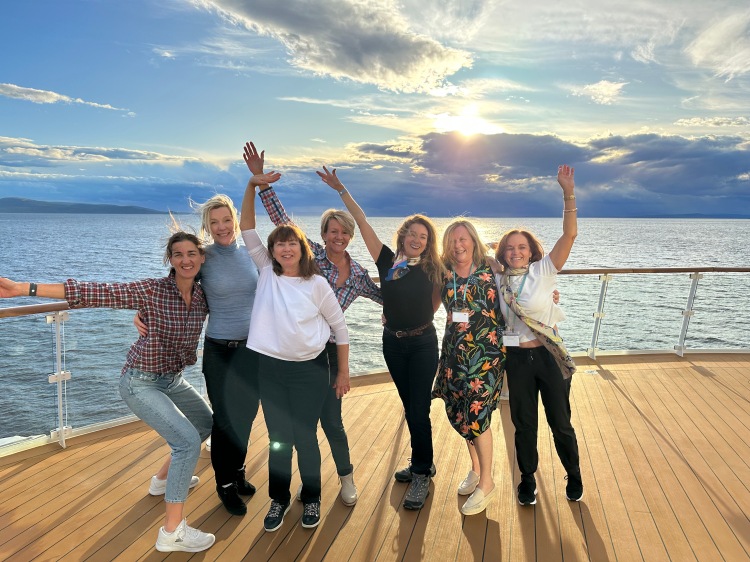
Pack for extreme conditions
Sure the cruise brochures might give the impression that exploring the Antarctic Peninsula is all blue skies, plain sailing and cute penguins, but summer can still be bitterly cold (especially if you’re a soft Queenslander). Cruise companies generally provide you with a polar jacket and boots, but you’ll need to bring thermals, waterproof gloves – preferably with a finger pad for taking pics – as well as waterproof pants. These are an absolute must. You will get wet in the zodiac. If the swell is high you’ll get completely soaked. Be prepared!

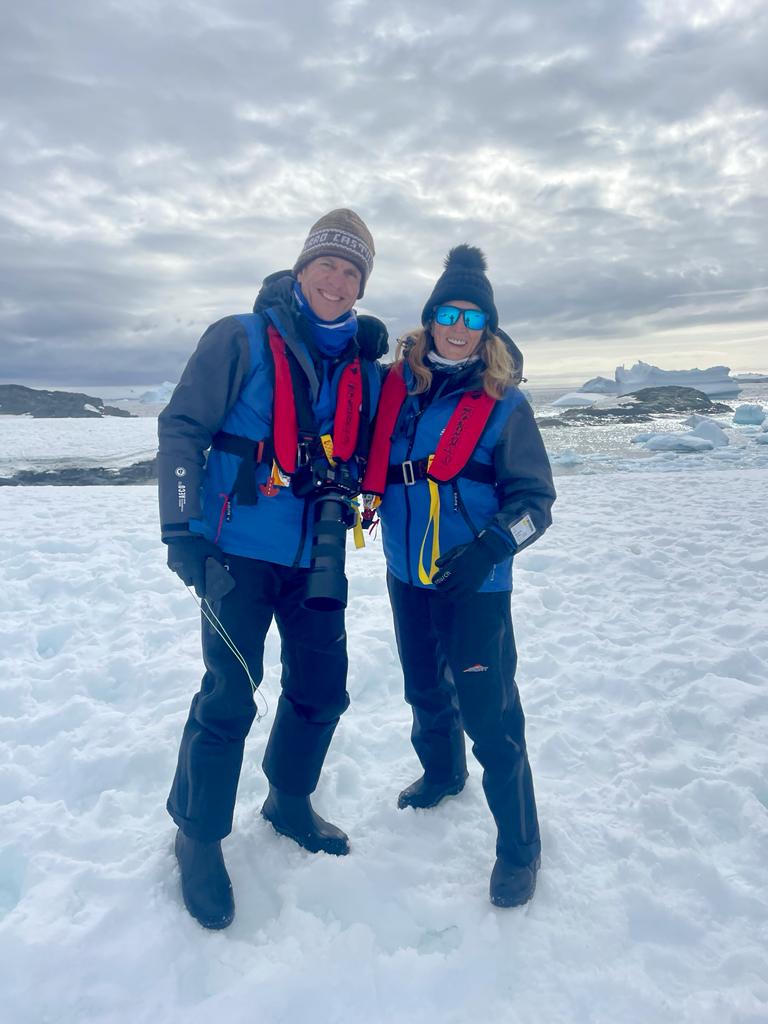
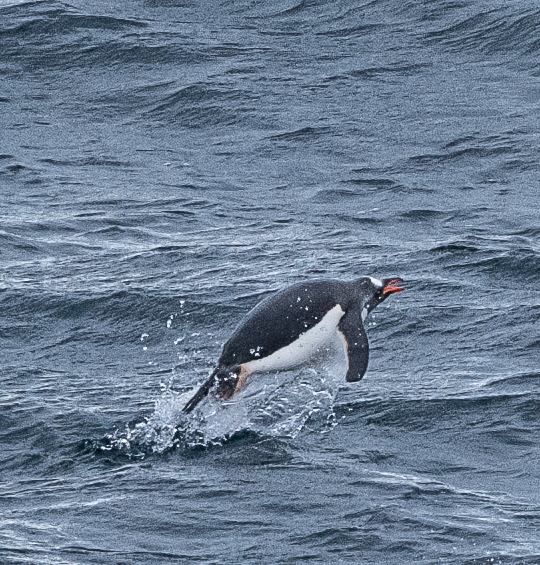
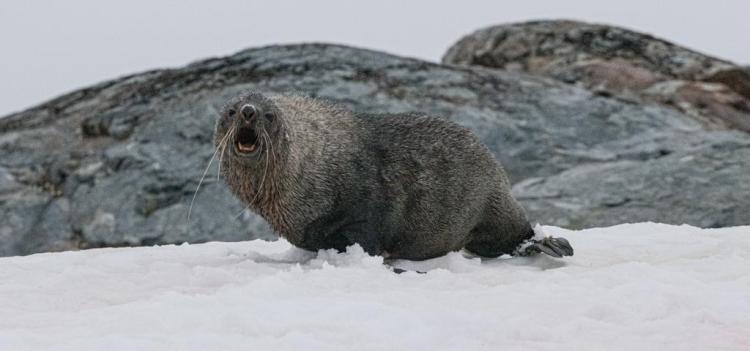
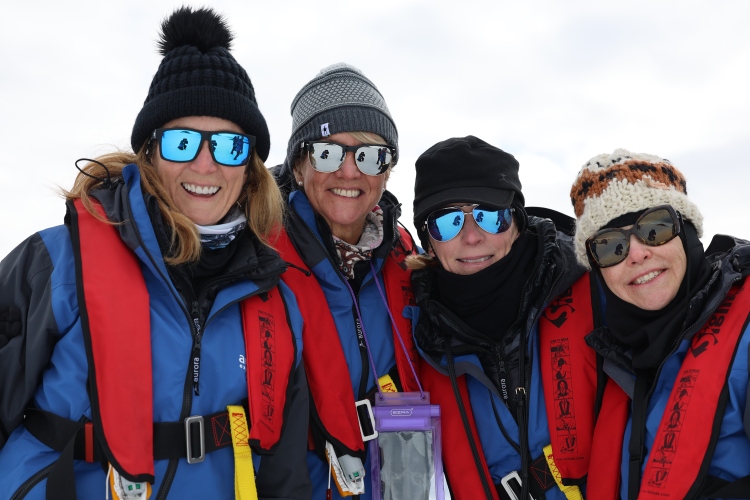
Have the right head and neck gear
Hardier guests than me went for fluffy ear muffs so as not to ruin their hair, but to be honest, once you’re outside, your hair is done for anyway. Go for a simple, warm beanie that covers your ears (your lobes will thank you) and won’t blow off in the wind. Unless you’ve got an Insta following of 20 million (Hello Nina Dobrev), I’d leave the fur hat at home. A friend who did bring one got it out only once. When she returned to the ship after a Zodiac tour, her hat looked like a drowned cat. It could not be revived. I invested in a woollen head band at the onboard shop to deal with bad hair days – which were, in fact, every single day.
One Punch takes a simple premise and turns it into a tight study of class and human nature – what we believe to be true about ourselves, and those we love, and who we really are. A crime is the pivot point for a sharp observation of human nature and blends compassion and humour in equal measure.
Meredith Jaffe, The Tricky Art of Forgiveness
A neck gaiter (also known as a turtle/flexi chute/neck warmer) is another essential. I wouldn’t have survived without my Buff. In fact, most days I was just a Buff with sunglasses – except for the day that we crossed the Antarctic circle. Then, I was a Buff with ski goggles. I might have been the only passenger in ski goggles, but every single guide wore goggles on the zodiacs to protect their eyes from the wind and waves. So, as far as I’m concerned ski goggles are another must, along with polarised sunglasses. Bring an extra pair of sunnies and reading glasses in case you lose a pair over the side.
Invest in a lanyard or similar for your iPhone and sunnies and make sure you pack your essentials in your hand luggage, so even if you arrive in South America with no suitcase, you’ll still have the important stuff.
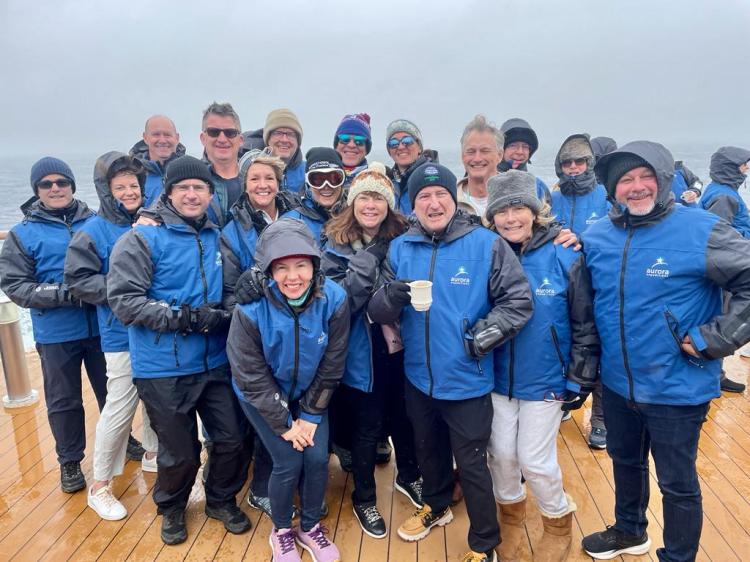
Go for comfort inside the ship
It might be sub-zero outside, but it’s likely to be warm inside the ship – so jeans and a t-shirt are fine (unless you’re on a fancy-pants ship). As far as footwear goes – trainers work well, but I opted for hiking boots to keep my feet warm when I went out on deck to watch the wildlife. I did see a Canadian outside in her sandals, but I wouldn’t recommend it, unless you come from a very cold part of the world. Ugg boots are also really handy because they are easy to get on and off when you’re changing into excursion boots.
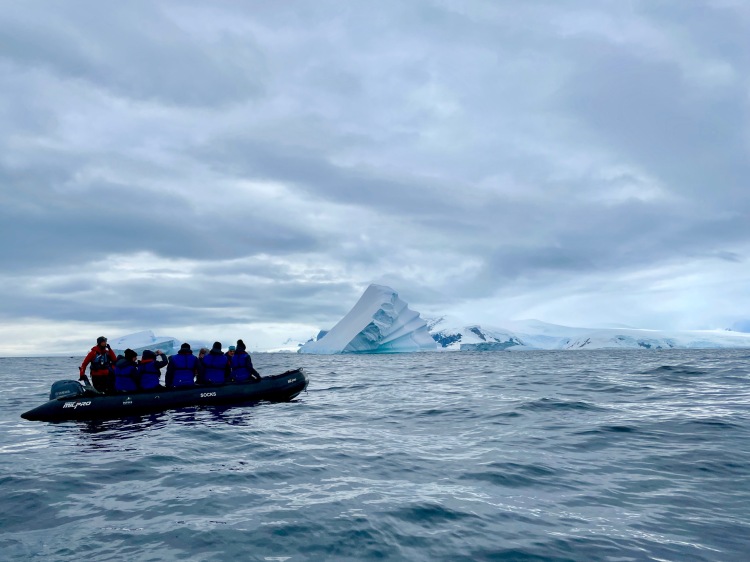
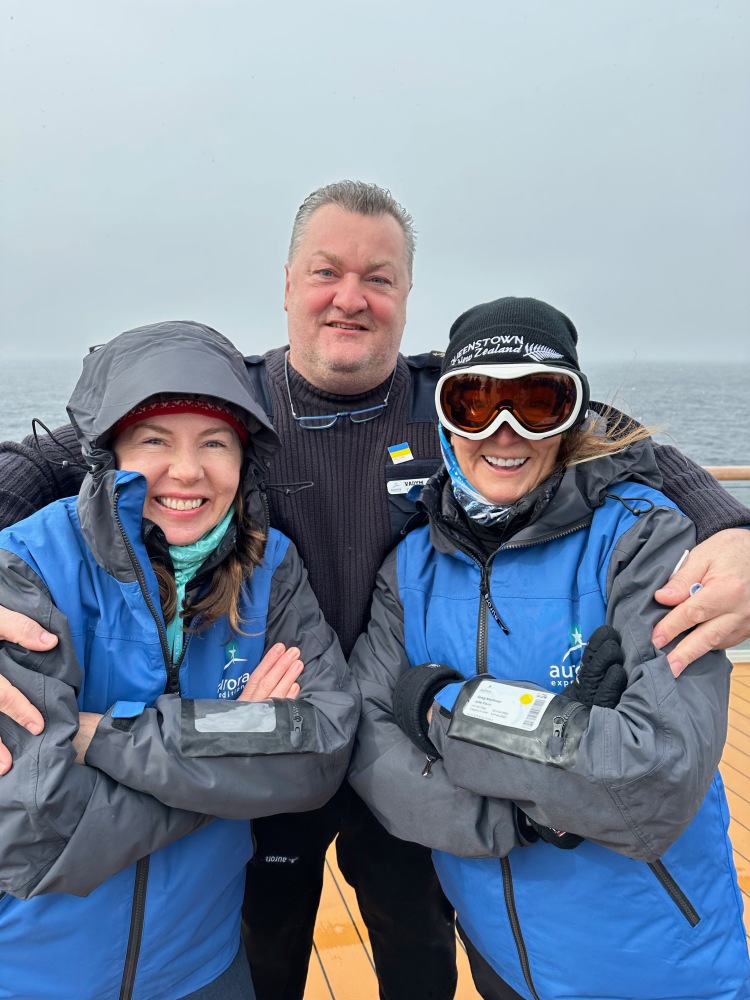
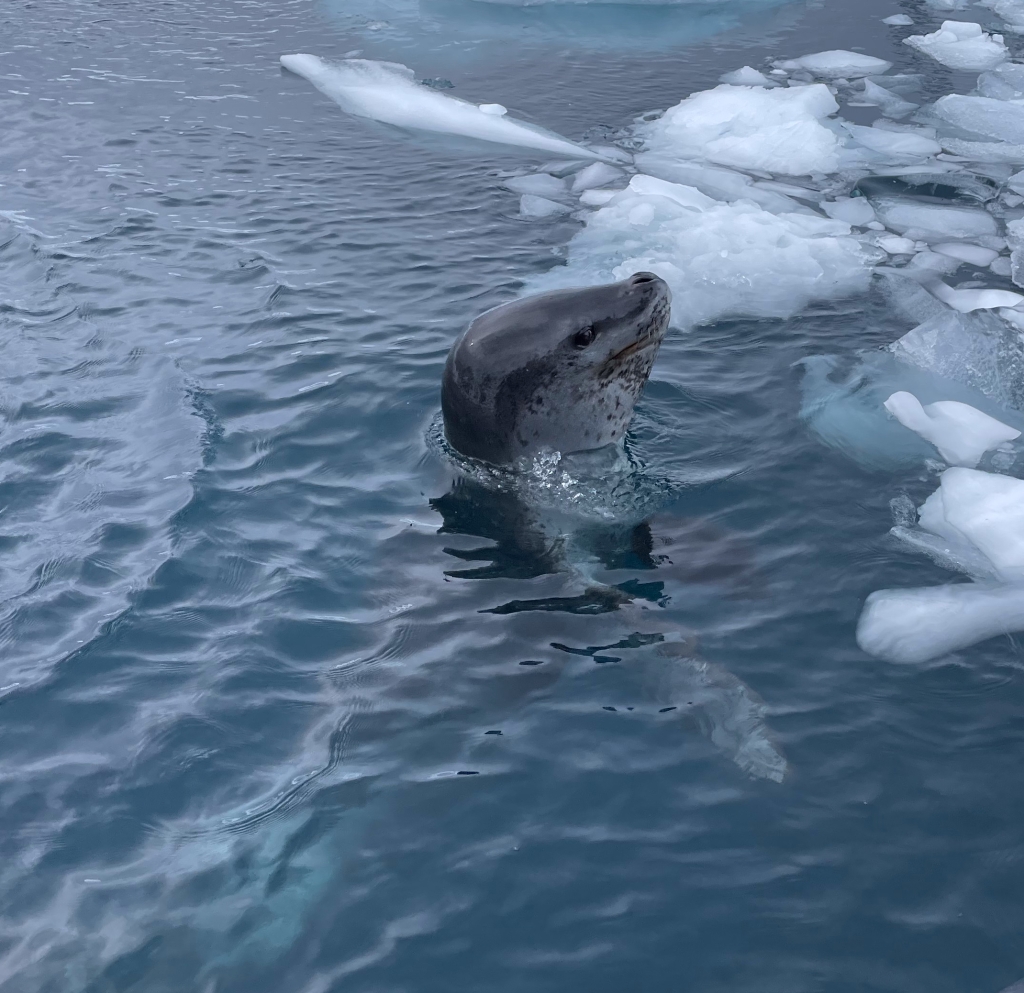
Get outside on deck even if it’s cold
While you’re sailing, the bow of the ship is the best place to be if you want to spot wildlife. On our first morning on the Greg Mortimer, we braved the elements as we cruised through the Gerlache Strait – a designated whale zone. The wind was howling, sleet was slashing our face, but we persevered and were rewarded – whales surfaced right beside the hull of the ship. We spotted plumes from blow holes and caught a glimpse of flukes and fins, as we passed perhaps a hundred humpback whales. Because it was so cold, only a handful of people were on deck to witness the spectacle. By the time the weather brightened, the whales were gone.
If you’re not fighting 10-metre swells, the Drake Passage is another great opportunity to spot wildlife. Albatross follow the cruise ships – soaring in the thermals and scouring the wake for food. These amazing birds can spend years at sea, sleep on the wing, and glide for hours without flapping their enormous wings. (Wandering albatross have a wingspan of 3.5metres!) Dolphins are also regular visitors on the Drake. I spotted a pod of hourglass dolphins riding the bow waves one afternoon, and had them all to myself – briefly, anyway.
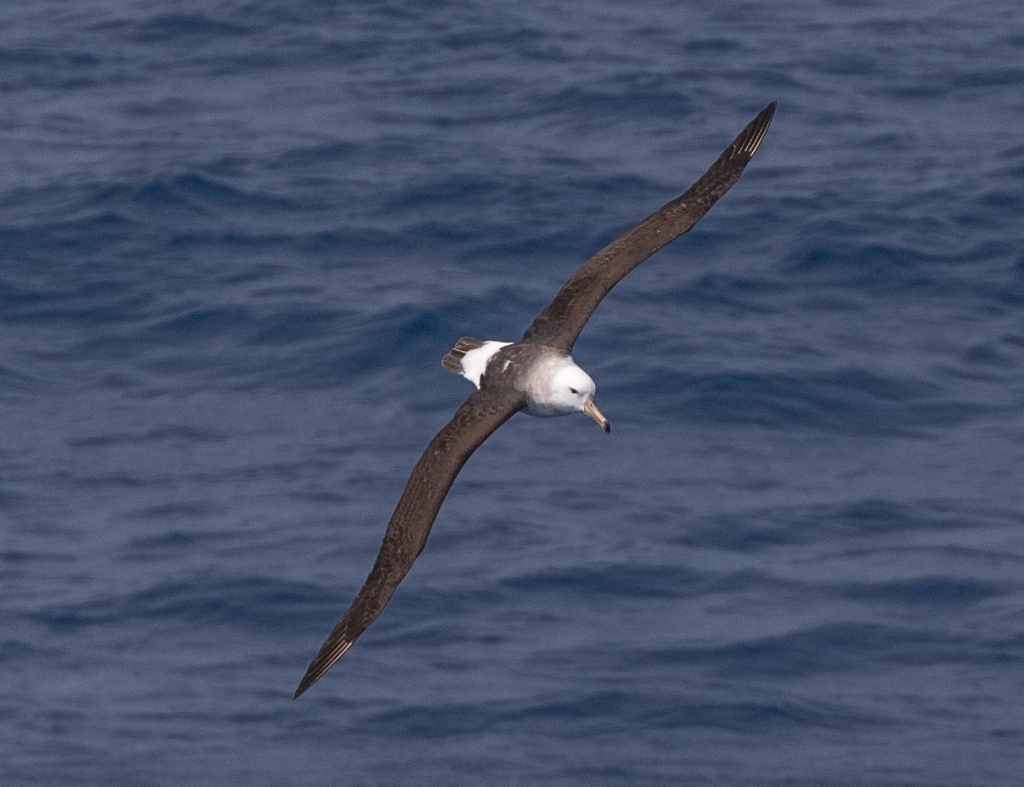
Citizen science is another important part of ship life. I had a chance to complete my first cloud survey on the Drake. Who knew there were so many different types of clouds? Things have certainly changed since I went to school. But if you need to know the difference between cumulonimbus and cirrocumulus – I’m your gal.
Have your binoculars with you at all times, so you never miss a thing!
Make the most of every opportunity
Conditions in Antarctica are extreme, so cruising schedules aren’t hard and fast. Plans change. It pays to roll with the changes and make the most of every opportunity. Our polar plunge turned into a mass polar wade from the beach at Deception Island due to rough seas, which might have been disappointing to purists, but it turned out to be quite a spectacle. I can’t say I enjoyed it at the time, but I was very glad I did it, and have the t-shirt to prove it!
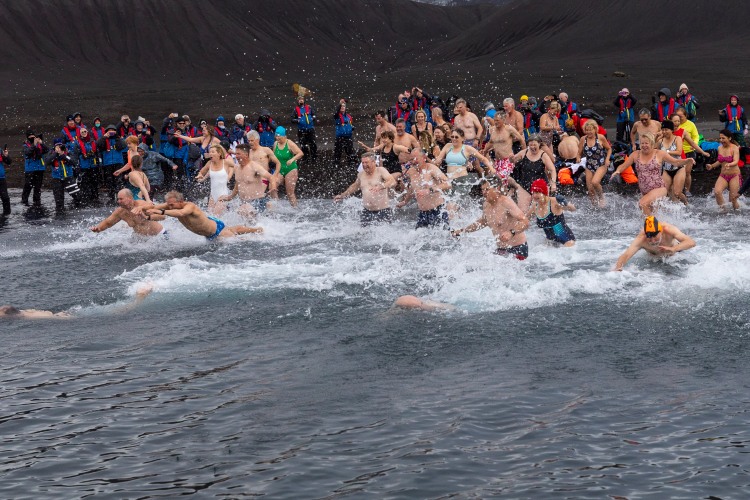
Pack the right camera gear
If you’re serious about getting great wildlife shots in Antartica, you’ll need a decent zoom lens – at least 200mm. Often, you’ll be shooting from a Zodiac, so a weather-proof camera is a bonus. To compensate for the extreme conditions, here’s Mr F’s list of must-haves:
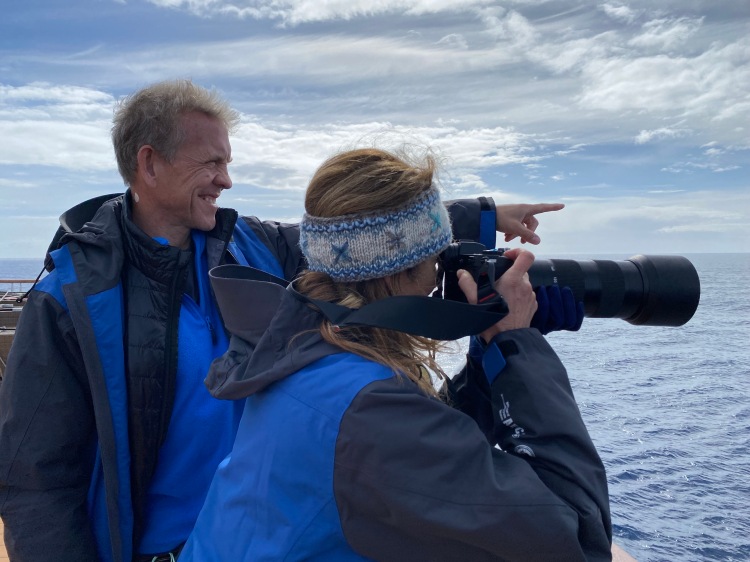
- At least one spare battery, ideally two. Batteries will run down faster in the cold and you can find yourself taking photos for a few hours non-stop on some of the trips.
- A comfortable shoulder strap.
- A waterproof bag. This is essential for the zodiacs. Ideally one that is easy to carry when you get on and off the zodiac with the swell throwing you around.
- Lens cleaning wipes and cloths. The lens will need cleaning after every outing.
- Take a spare lens cap as well, just in case!
- Sensor cleaner. If you have removable lenses definitely take a sensor cleaner, but seek professional advice on how to use these.
- Large silica gel bag. This is for drying out the camera when back on the ship. Put it in a separate sealable bag and let it do its work. Bunnings sell 500 gm bags.
- Thin gloves under waterproof gloves. Find ones with the touch friendly finger tips. In the zodiac on a cold day, you will need to wear both sets at all times, so get used to using them with the camera.
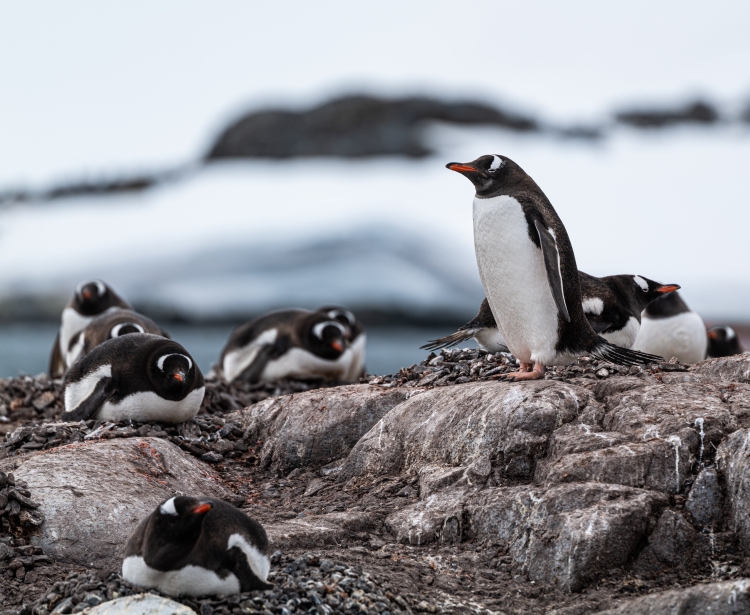
Other tips:
- Have your camera with you at all times and ready to go.
- For any wildlife photos use manual mode. Aim for 1/2000 sec, F5.6 or lower and keep the ISO to a maximum of 400 if you can, depending on quality of camera, light, etc.
- If you are looking to get a photo of penguins porpoising in the water, or similar fast-moving wildlife, use burst mode.
- Use spot focus for all wildlife.
- Don’t bother taking an additional lens on any zodiac trip – you cannot change lenses on these boats.
- Use exposure compensation actively. And don’t bother with polarising or ND filters.
- Clean the camera every day to prevent salt water corrosion.
- Antarctica is a no-drone zone, so leave your drone at home.
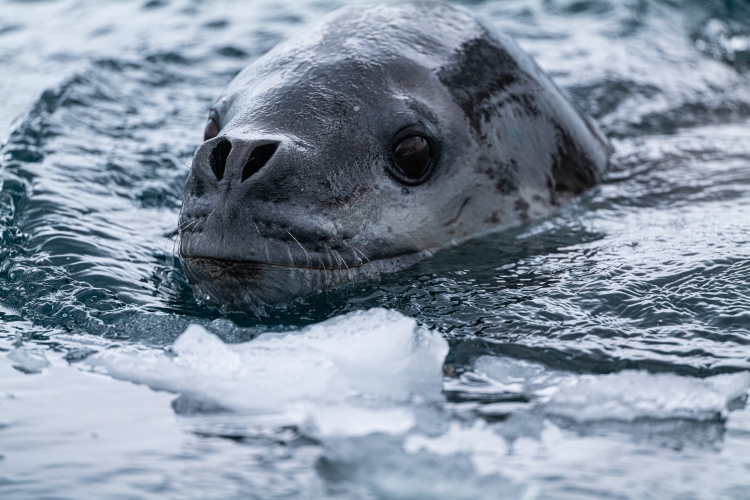
Getting to and from Antarctica
Antarctic cruises leave from Punta Arenas, Chile, or Ushuaia in Argentina. We ended up spending almost a week in Punta Arenas – which was a little longer than we needed – but there’s plenty of history to uncover, if you have time to explore. The city lies on the Magellan Strait, which connects the Atlantic and Pacific Oceans. Until the opening of the Panama Canal in 1914, Punta Arenas was a thriving and prosperous city. You can see evidence of the grand old days as you wander around the central Plaza de Armas and the beautiful municipal cemetery, which has some very imposing marble crypts, originally built for the wool barons of Patagonia. For maritime history, head out of town to the Nao Victoria Museum. Here you’ll find a replica of Ferdinand Magellan’s ship Victoria. Magellan sailed this way in 1520 looking for a route to the Spice Islands. He was killed in what is now the Philippines, but his ship and some of his crew completed a circumnavigation of the world.
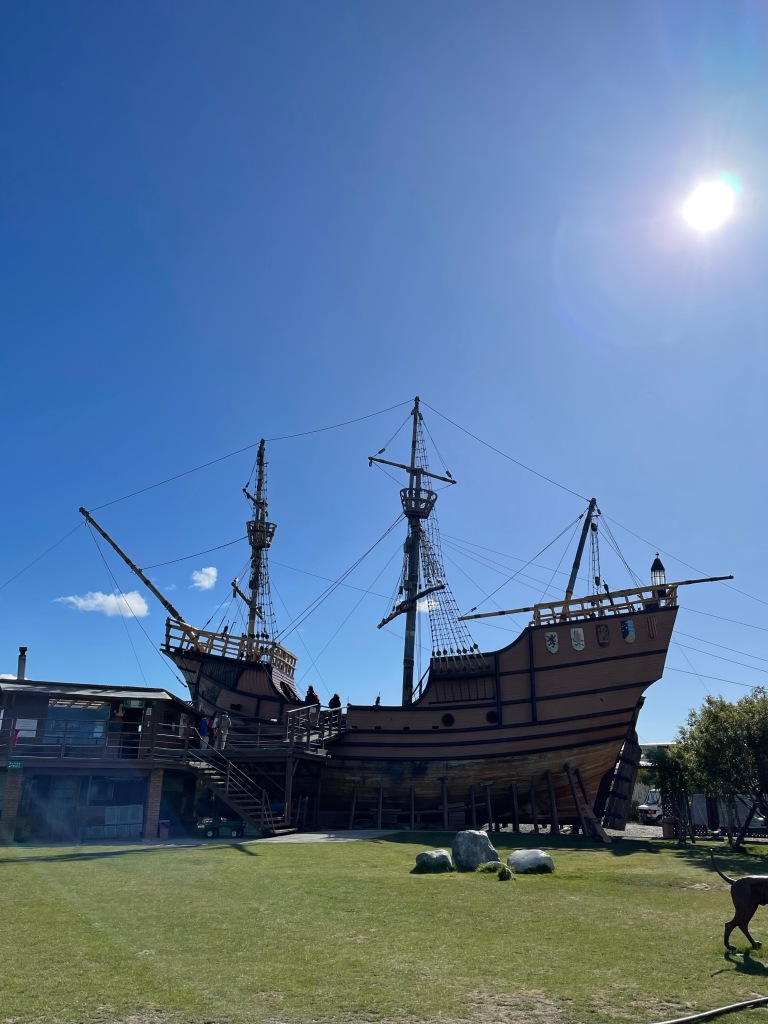
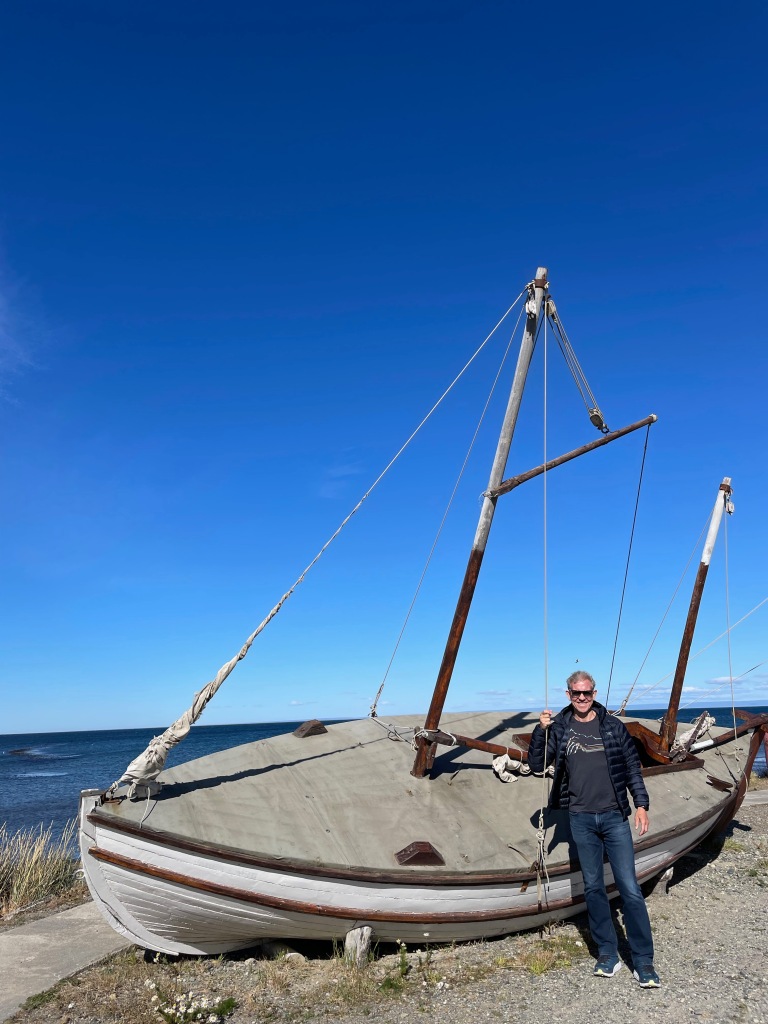
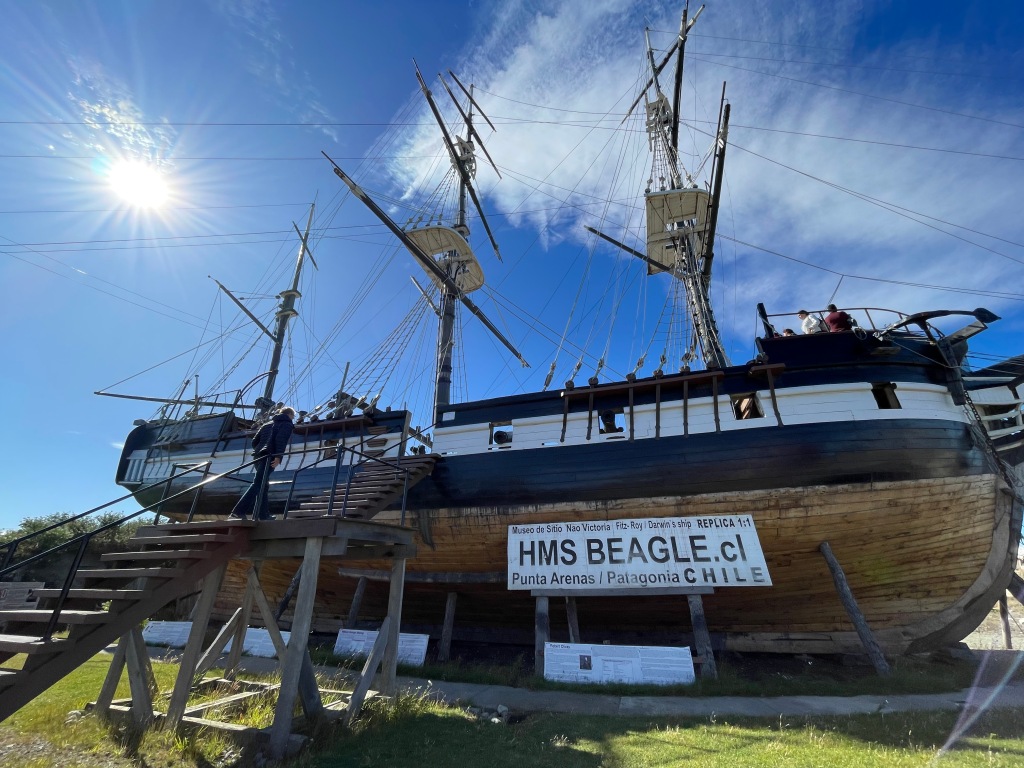
Other replicas include the Beagle – the ship made famous by naturalist Charles Darwin, and the James Caird – an open lifeboat that Ernest Shackelton famously sailed 1300 km to get help to rescue his stranded crew after their ship the Endurance was crushed by polar ice. The Shackleton Bar at the Hotel Jose Nogueira is worth a visit for a Pisco Sour. Beware: they make ’em strong down here!

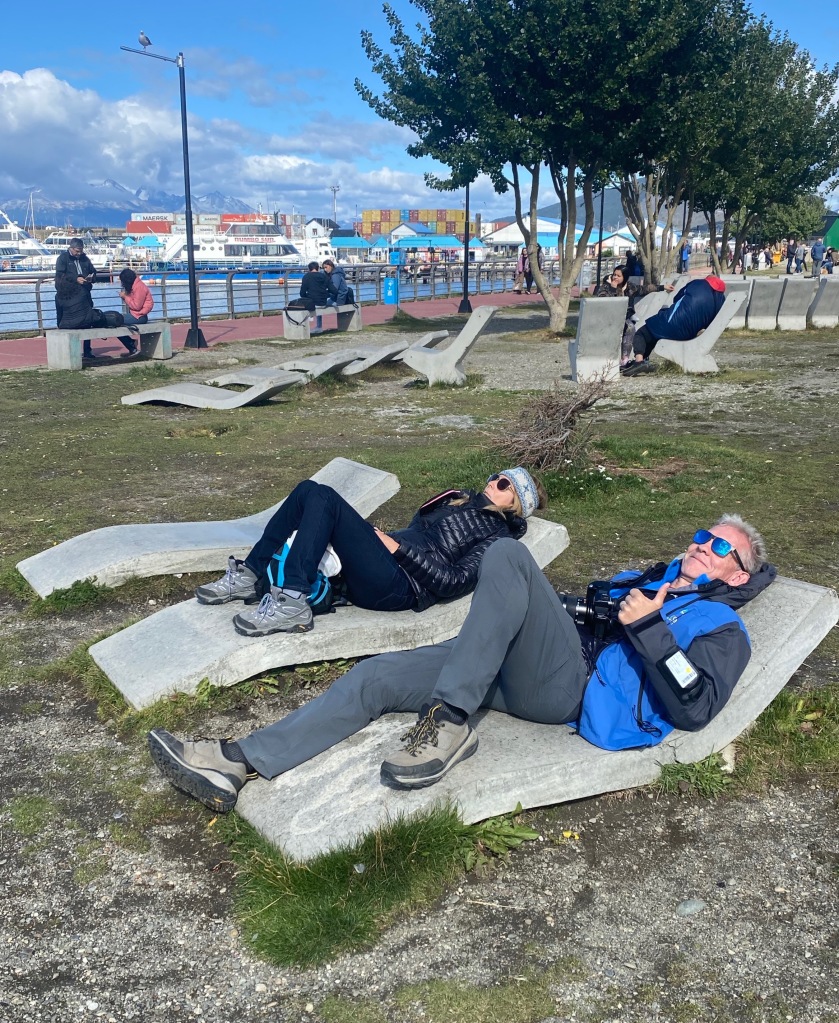
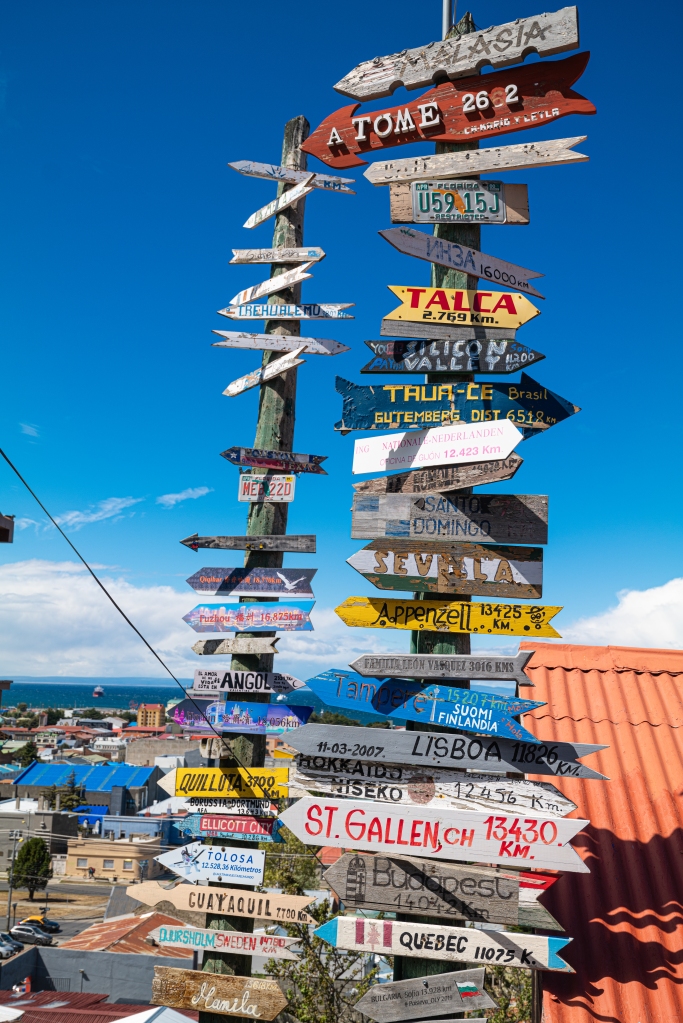
Ushuaia – on the Beagle Channel – is the world’s southernmost city. It is a resort town as well as an Argentinian naval base, framed by snow-capped mountains and crammed with quirky shops and restaurants. You can explore the whole town in a few hours, or take a train from here to the Tierra del Fuego national park.
Further afield
Patagonia: If you like hiking, you will love Torres del Paine National Park, on the Chilean side of the Patagonia. Towering mountains, golden steppes, guanacos, pumas and flamingos – what’s not to love! Hard-core hikers come here for the multi-day O and W treks. But if you’re like me and enjoy hiking, horse riding, hearty meals and a comfortable bed, Hotel Las Torres is very hard to beat. The lodge sits inside the National Park, so you’re within striking distance of amazing hikes, without ever having to carry more than a day pack. We spent a week exploring this truly spectacular region. You can read more about it here.
Santiago and Valparaiso: The Chilean capital Santiago has some great restaurants and bars but street crime has tarnished its reputation – making it less appealing for tourists (and locals). Head out of the city – visit the nearby wineries and spend some time exploring the colourful street art of the port city of Valparaiso. The historic old town is World Heritage listed and definitely worth a visit.


Buenos Aires: The Argentinian capital is a vibrant, cosmopolitan city – the perfect place to thaw out after a fortnight in the Antarctic. Head to the Palermo district for great restaurants and bars, and check out Sherpa Food Tours for a guided tour of the best spots to eat and drink. Make sure to book a table at Don Julio for beef, beef and more beef. My other top pick for eating out is El Preferido de Palermo. Bookings essential at both restaurants.
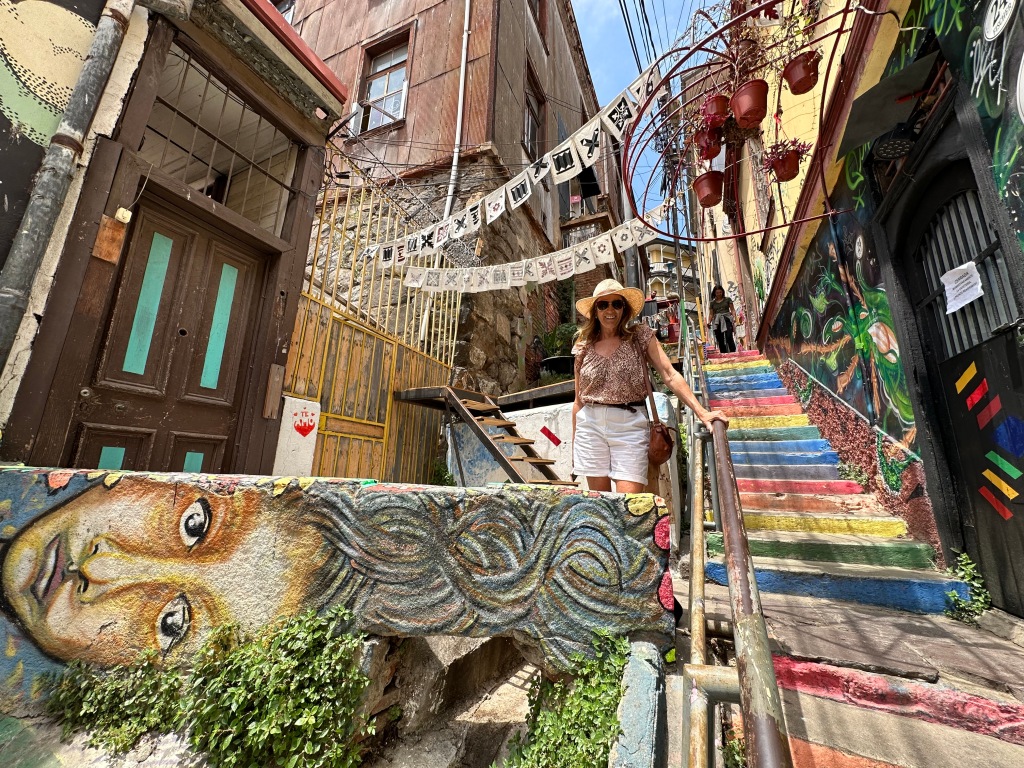

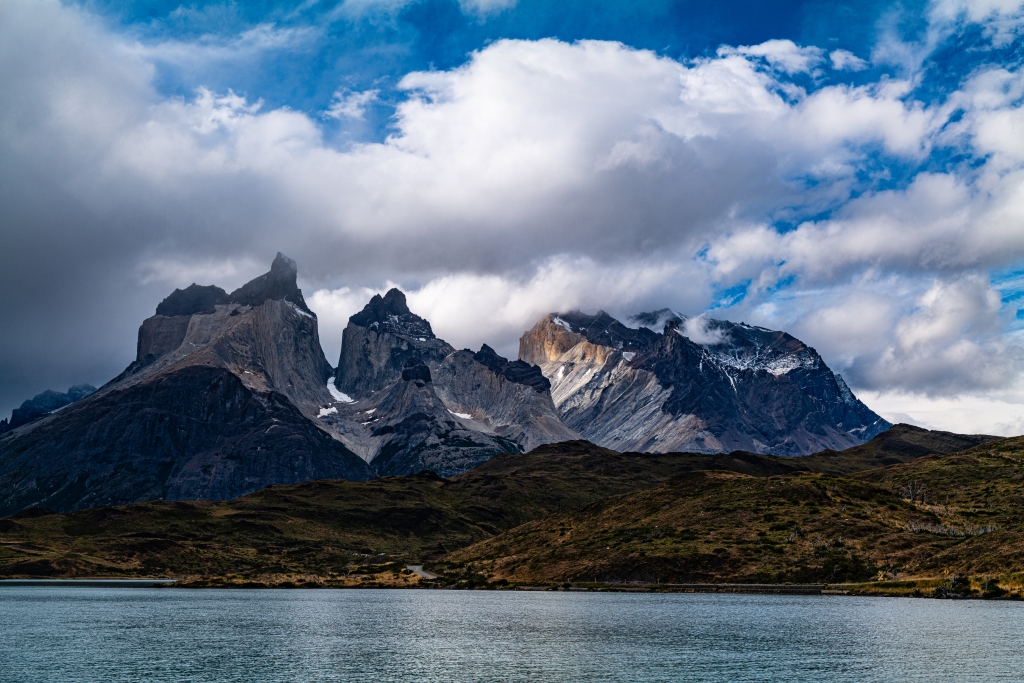
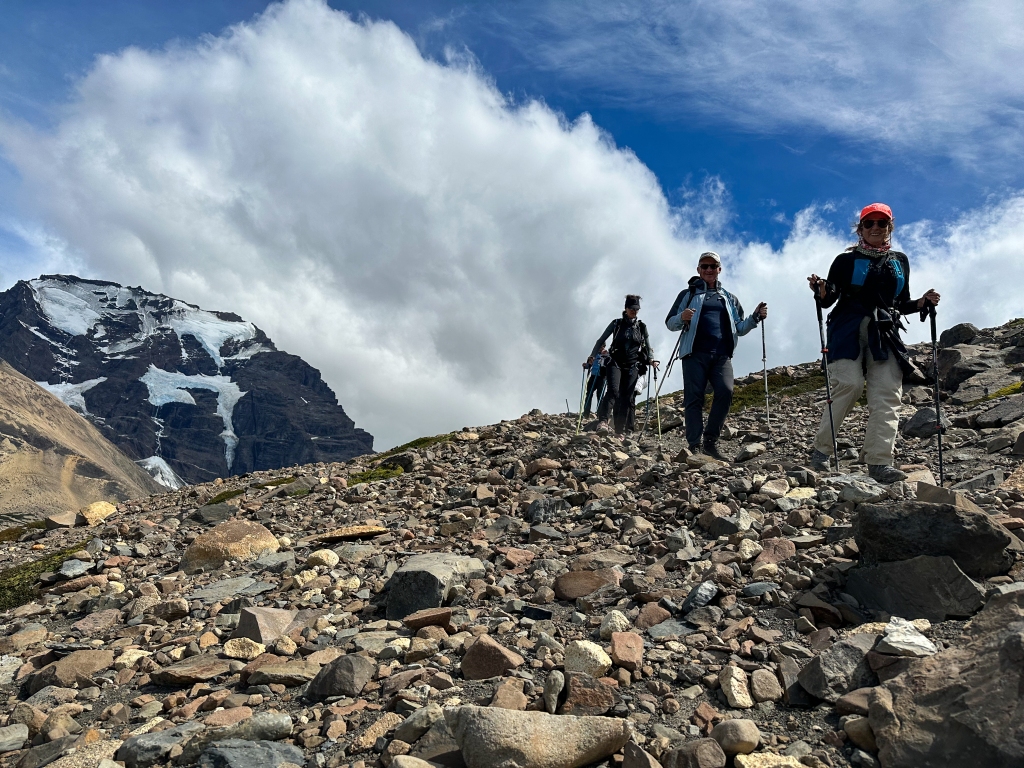
A few other things about Chile and Argentina:
- Travelling between the two countries generally means a transit in Buenos Aires or Santiago. Do yourself a favour – get out a map and dedicate some time to logistics before you do anything. Criss-crossing between the two countries is time-consuming!
- If you need a visa for Chile, make sure it is multiple entry, so you don’t get stranded at some remote border post. It happens!
- In Argentina, high inflation means US dollars are king. Ask about the blue rate for US$ currency exchange at Western Union branches.
- Beware of street crime – especially in Santiago. Secure your valuables, and don’t wave your iPhone around. They regularly get snatched.
- Get advice on local taxis. Uber is the way to go in Buenos Aires and Santiago.
- Basic Spanish is necessary outside hotels, but local accents and slang can be a challenge!
Happy travels!
Julie
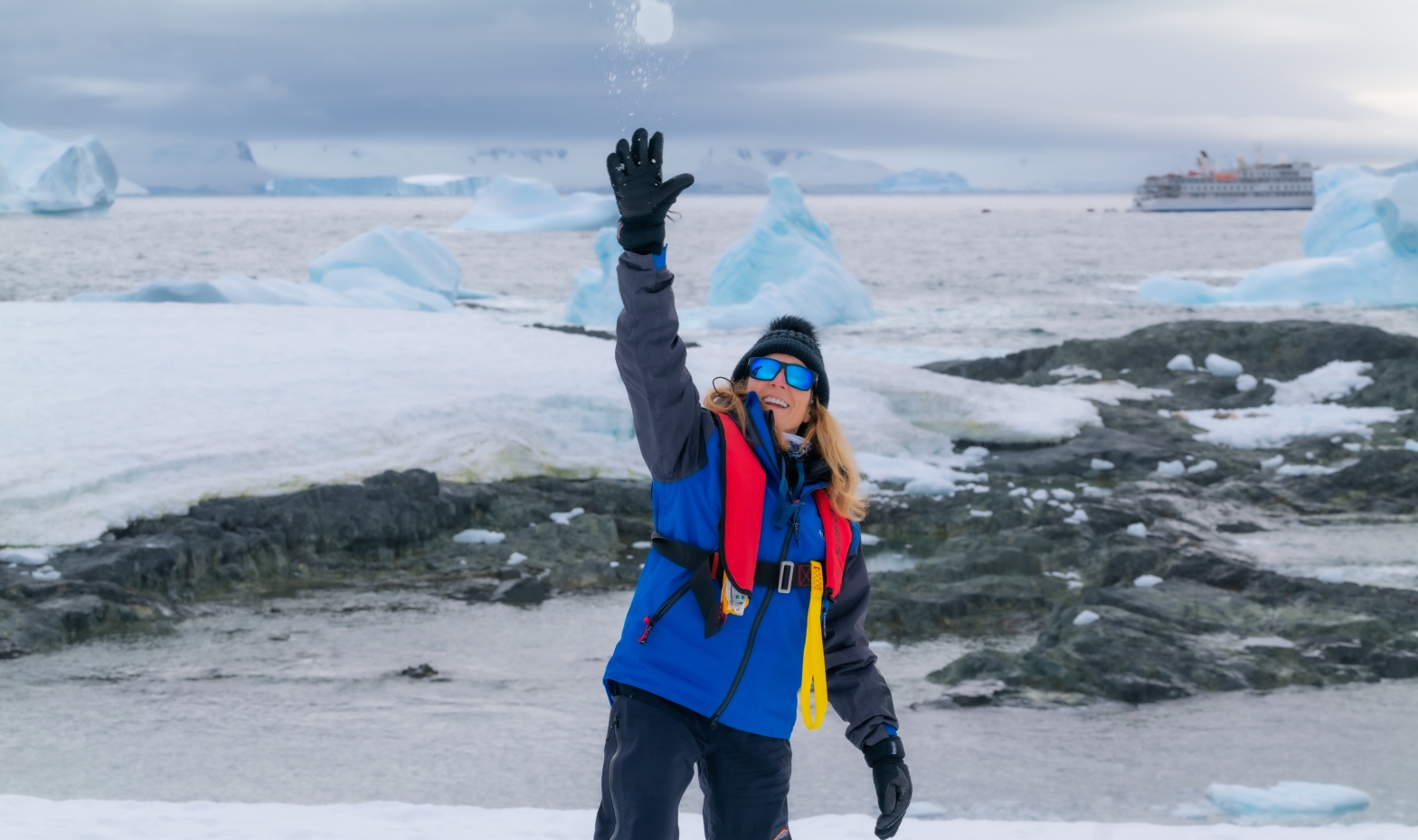
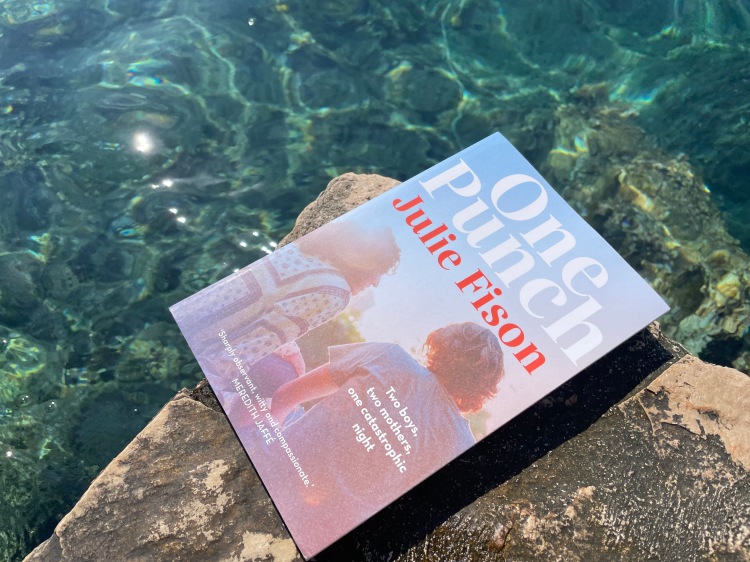
Amazing adventures and photos Julie
Thank you Megan!
Wonderful… it will be years until I can plan and do a trip like this, but I shall be reading this article again when the time comes. Loved your photos and descriptions
Hope you enjoy it when you get there!